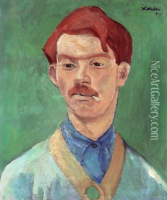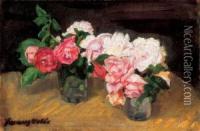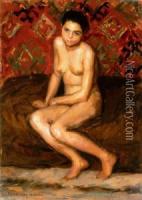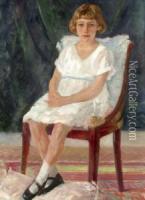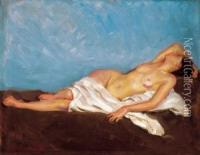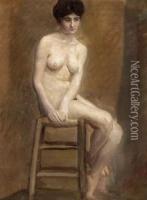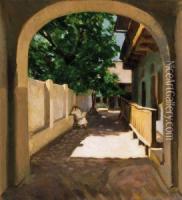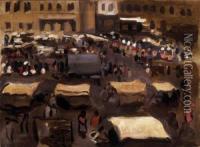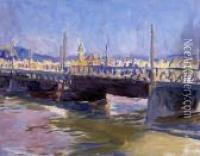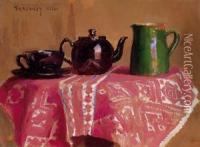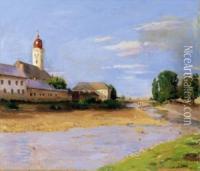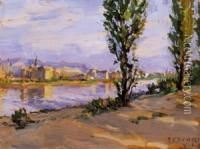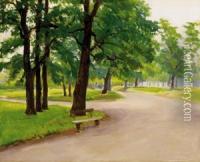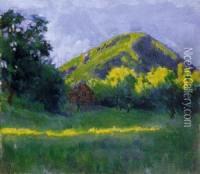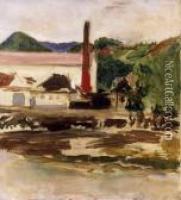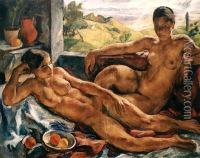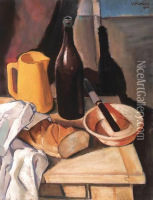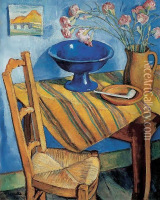Valer Ferenczy Paintings
Valér Ferenczy was a Hungarian painter and graphic artist, born on January 6, 1885, in Szentendre, a town known for its artistic community. He was one of four children in the Ferenczy artistic family; his siblings included Károly Ferenczy, a prominent figure in Hungarian painting, and his children, including Béni Ferenczy, a sculptor, and Noémi Ferenczy, a textile artist, also became significant figures in Hungarian art.
Valér Ferenczy's early education in art came from his father, Károly Ferenczy, who was a leading member of the Nagybánya artists' colony, which played a central role in the introduction of impressionism and post-impressionism in Hungarian art. Valér continued his studies in Munich and Paris, where he was exposed to the latest trends in European art, including Fauvism and Cubism.
Throughout his career, Ferenczy developed a distinctive style that combined elements of traditional Hungarian art with modern European movements. His works often featured landscapes, still lifes, and portraits, and he was known for his bold use of color and light. Valér Ferenczy's landscapes of the Hungarian countryside are particularly notable for their vibrant palette and dynamic brushwork, reflecting the influence of French impressionism.
Ferenczy's graphic works were also significant, contributing illustrations to various Hungarian literary publications and showcasing his versatility as an artist. Despite the modernist influences in his work, he remained deeply connected to Hungarian artistic traditions and the natural beauty of his homeland.
During his lifetime, Valér Ferenczy received several honors and his work was exhibited widely in Hungary and abroad. He remained active in the Hungarian art scene until his death on February 18, 1954, in Szentendre. Today, his legacy is preserved in the collections of numerous Hungarian museums, including the Hungarian National Gallery, and he is remembered as an important figure in the development of modern Hungarian art.
